FEATURED
Mantle’s DevRel speaks on how Devs can deploy smart contracts using Remix IDE
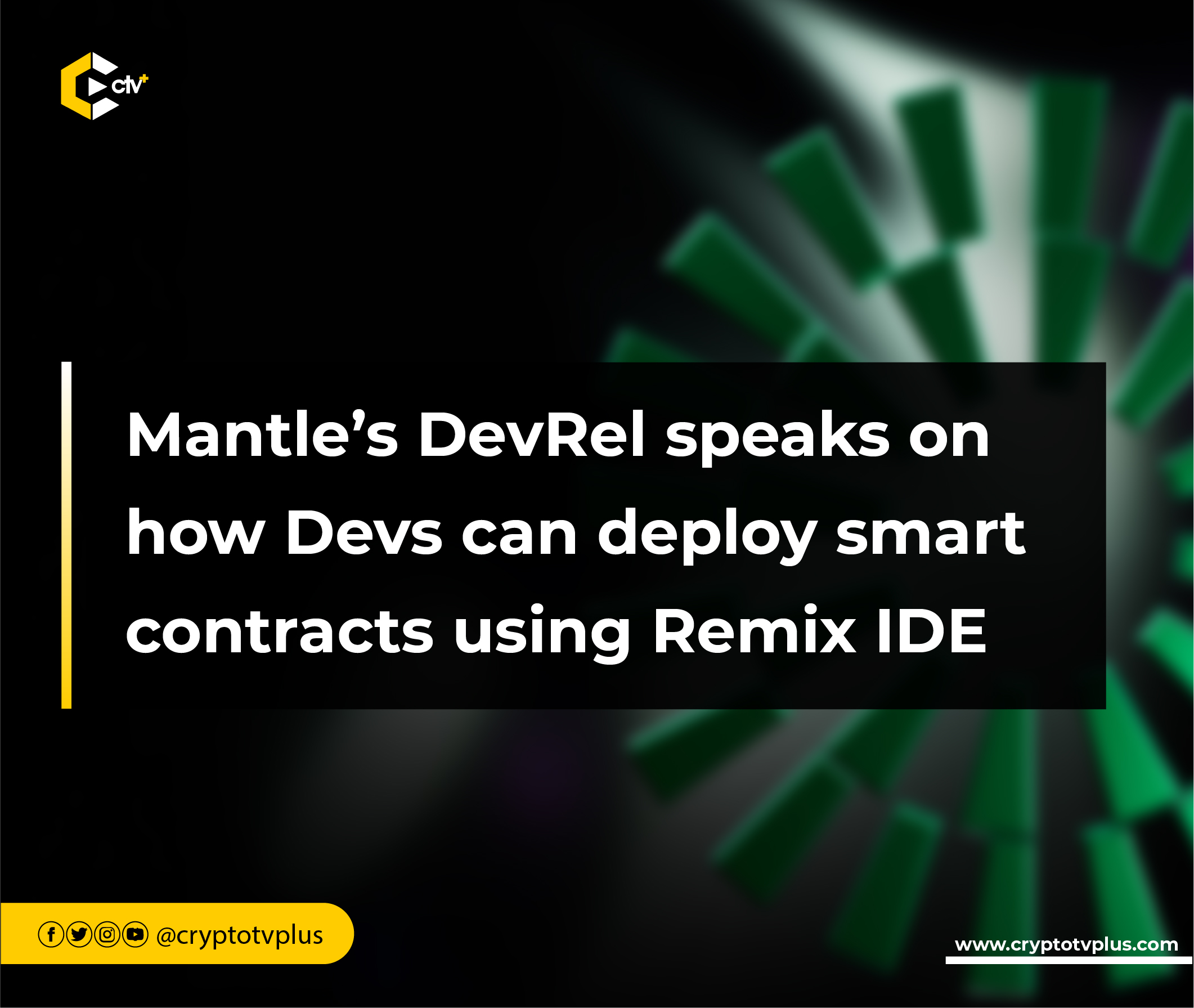
In the fast-paced realm of blockchain technology, having access to test networks and the expertise to implement smart contracts is essential. Mantle’s Testnet has emerged as an invaluable tool for developers, offering a platform to explore the possibilities of smart contracts and dApps.
During a recent presentation by Deuth Mantle, Developer Relations at Mantle, at EthGlobal, the focus was on the integration of Mantle’s testnet with Remix IDE and how it enables developers to seamlessly deploy smart contracts.
Mantle Network is an Ethereum Virtual Machine (EVM)-compatible Layer-2 (L2) scaling solution that uses Optimistic rollups to facilitate cheap and fast transactions. Mantle leverages Ethereum’s consensus mechanism and validator set, which means Ethereum validators verify Mantle’s state transactions the same way they validate L1 transactions.
The approach taken by Mantle Network is modular, utilizing chain design. In its initial Mainnet version, it functions as a Smart Contract Rollup with modular data availability. Mantle Network introduces EigenDA, a separate decentralized data availability layer, to enhance Ethereum’s efficiency.
Remix IDE is an integrated development environment that simplifies the process of writing, compiling, and debugging Solidity code. It requires no setup, facilitates a fast development cycle, and offers a wide range of plugins with user-friendly graphical interfaces.
The Remix IDE is available in two versions: a web app or desktop app, and as a VSCode extension. It is part of the larger Remix Project, which also includes the Remix Beacon Chain and Remix Smart Chain – low-level tools designed for broader usage.
Setting up Metamask & acquiring tokens
According to Deuth, the initial and vital task in deploying smart contracts on the Mantle protocol involves configuring MetaMask—an Ethereum wallet that enjoys massive popularity. Users are expertly directed to add Mantle’s Testnet as a network within MetaMask.
By doing so, all interactions are confidently confined to the Mantle Testnet, mitigating any potential confusion that may arise from other networks. Rest assured, detailed instructions are readily available to facilitate a smooth setup process.
To engage with smart contracts and decentralized applications (dApps) on Mantle’s Testnet, Deuth clarified that users are required to have test tokens.
The presentation guided how to obtain two types of tokens, namely GE (Gas Tokens) and Bit Tokens, by utilizing Paradigm’s faucet.
This process essentially allows users to access the necessary tokens for testing and interacting with Mantle’s blockchain-based services.
Deploying a smart contract
Once users have obtained the test tokens, the subsequent action involves deploying a smart contract. This deployment process is facilitated through Remix IDE, which is a web-based integrated development environment specifically designed for working with the Solidity programming language, commonly used for Ethereum-based smart contracts.
The presentation guided users through the Remix IDE, emphasizing the critical step of selecting the correct network, in this case, the Mantle Test Net. Choosing the right network ensures that the smart contract is deployed in the intended testing environment.
The speaker proceeded to demonstrate how to compile and deploy a sample smart contract called “One Storage” within Remix IDE.
Upon successful deployment, users were motivated to engage with the smart contract. Specifically, the “One Storage” contract was employed for this purpose, enabling users to both store and retrieve data. This approach provided a tangible, hands-on experience for users to interact with the contract.
Deuth concluded by providing a demonstration on how to navigate the Mantle Test Net Explorer for users. Users can track their transactions, view contract details, and gain insights into the Mantle Test Net’s activities. This invaluable tool allows users to monitor and analyze their activities on the network.
Read also; Founder of Newmetric unveils plans to improve RPC infrastructure on Cosmos



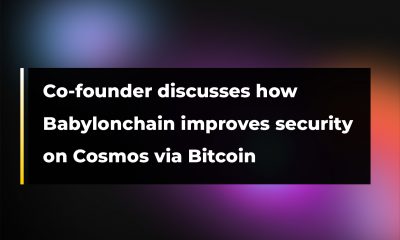



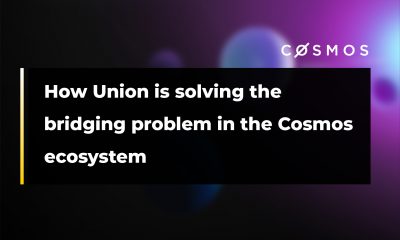

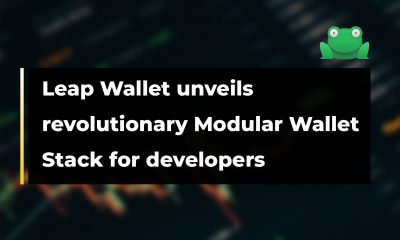

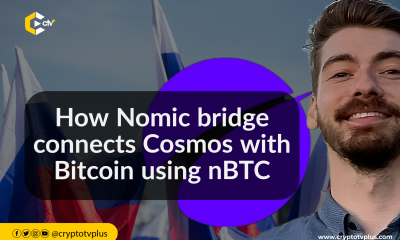

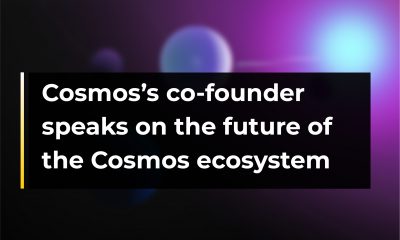











1 Comment